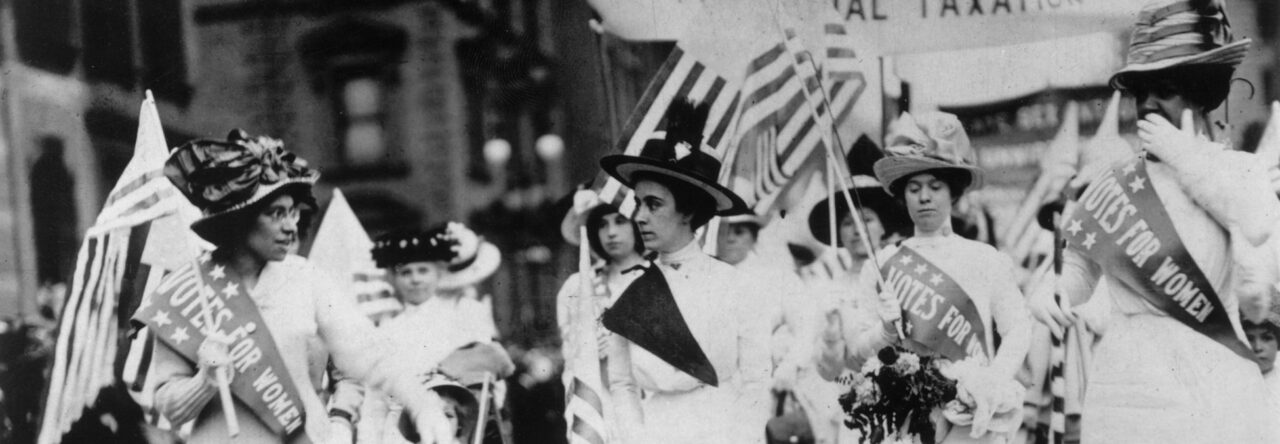“Immigrants were quickly naturalized by Tammany judges- on one occasion, under the eyes of horrified Republican observers in 1867, at a rate of 3 per minute.” -Excerpt from Dennis Hale’s introduction to “The Story A Grim Generation: Boss Tweed” by Denis Tilden Lynch
From 1854-1872, William “Boss” Tweed was the leader of the New York Democratic political machine known as Tammany Hall. In the course of his long and colorful career, Boss Tweed used his control of the largely immigrant electorate to get himself elected to the New York State Senate in 1967 and subsequently re-elected, as well as steal millions of dollars from state coffers.
Despite being the leader of a Democratic party machine, Boss Tweed was nominated for the New York State Senate as the candidate for the Republican party. The choice was unenthusiastically greeted by the major papers of the time, starting with the Tribune and followed by the New York Times. It was, in their words a nomination “not fit to be made.” Even so, with his control of the party machine his election was all but assured. The election would even go relatively unchallenged, as the power of Tammany Hall suppressed any real investigation into this widespread fraud.
The election of Boss Tweed to the NY State Senate in 1871 functioned much the same way as that of 1867, in terms of the tactics used by Tammany Hall. The main difference was the publication of Tweed’s crimes defrauding the public by the New York Times led to investigations of election fraud. The results from these investigations, and the elections themselves, clearly bore out these accusations. Not only was an incredibly large number of votes cast compared to the average election (see bottom of middle column), but the breakdown of votes in relation to the candidates that were on the ballot are shocking. In the Ninth District alone, all but 10 votes out of nearly 500 were cast for Mr. Tweed (see top of column three) and in the 8th District, which only say 126 cast, not a single vote was cast for another candidate. There was also a very famous cartoon series in Harper’s Weekly by Thomas Nash known to have greatly irritated the party boss, who griped “Stop them damn pictures. I don’t care what the papers write about me. My constituents can’t read. But, damnit, they can see the pictures.”
There was also a great deal of focus on the way in which the ballot boxes themselves were controlled through the placement of key election officials. This allowed Tweed supporters to monitor and organize the vote directly from voting booths. The positioning of these officials also led to one of the more famous, and telling, quotes attributed to Tweed: “As long as I get to count the votes, what are you going to do about it?” Indeed until a reform movement swept through New York in the early and mid-1870s, putting Tweed behind bars, there was little that anyone could.


Leave a Reply
You must be logged in to post a comment.